Victor Moritz Goldschmidt (January 27 1888 - March 20 1947) was a Norwegian geologist, mineralogist and geochemist, considered the “Father of Geochemistry” (Mason 1992). His first major study was initiated already by 1907, and eventually ended up in the classical doctoral thesis from 1911 - on contact metamorphism in the Oslo Graben. The thesis describes different types of hornfelses and shows how their mineralogy is controlled by the initial composition of the sedimentary rock and the pressure and temperature during metamorphism. Among the lasting scientific achievements by Goldschmidt here is his Mineralogical Phase Rule, stating that in any rock the number of minerals will not exceed the number of components, and his applications to geothermobarometry.
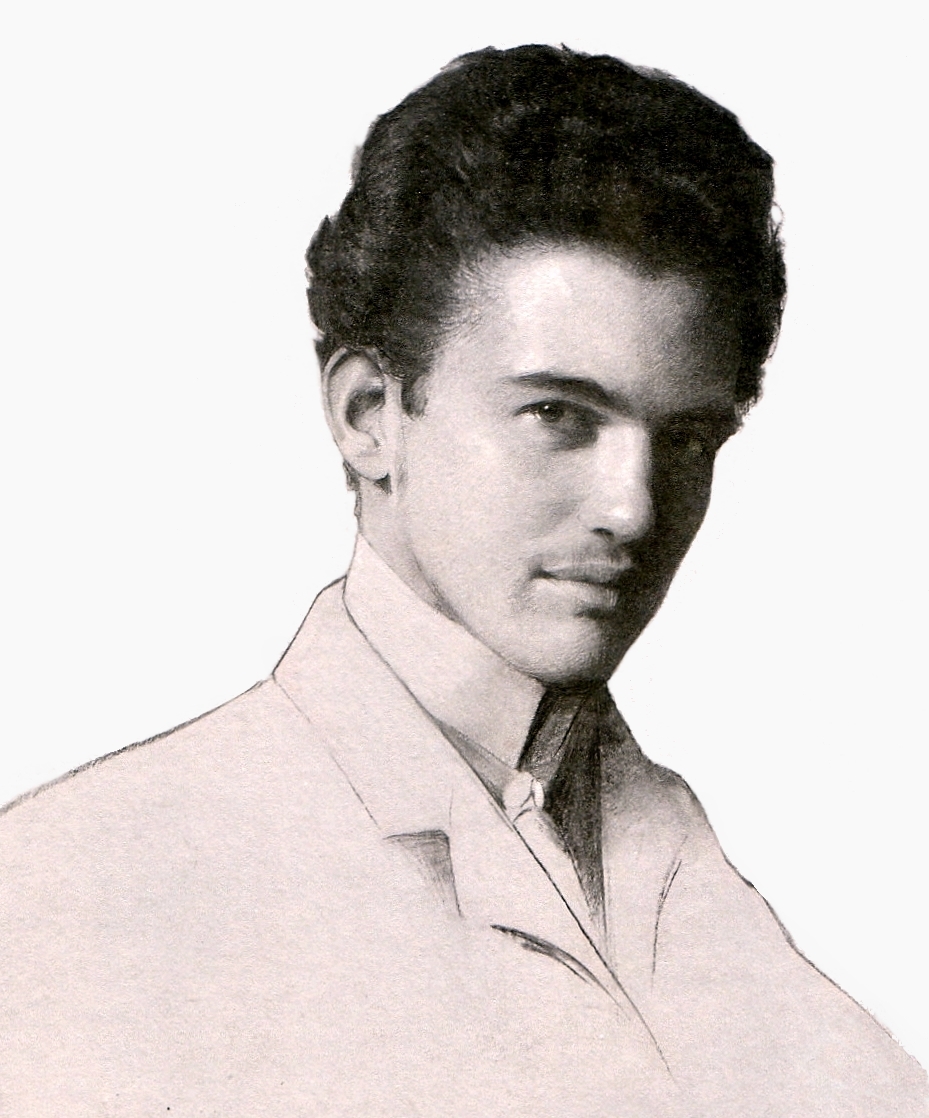
Already in 1912, after a year in Munich studying crystallography, Goldschmidt was appointed docent (assistant professor) in mineralogy and petrology. Moreover, in 1914, at the age of 26, he was elected a member to the Norwegian Academy of Sciences. Later that year he was offered a professorship in mineralogy at the University of Stocholm, but with the special support of Waldemar Brøgger, a Mineralogical Institute, where Goldschmidt was offered a professorship, was established at the University of Oslo.
From 1912 to 1921 Goldschmidt worked on the Norwegian bedrock geology in the mountainous regions of southern Norway and in the Trondheim area. This work resulted in five monographs, among them one on different igneous rock suites, where the concept of Gesteins-Stamm was introduced to denote igneous rocks genetically related to each other in a limited geological area.
This work was followed up by a short monograph in 1922, where the fractionation/progressive crystallization of a magma is proposed, from gabbro with chromite and olivine and subsequently iron oxides, pyroxenes and feldspars, and later diorite with amphibole, progressively more alkalic feldspars, and granites dominated by alkali feldspars, micas and quartz (Figure 1).
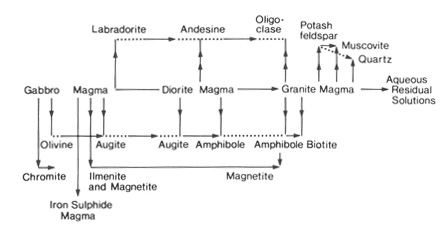
In this scheme, the final melts to crystallize are volatile rich melts giving quartz and mica rich pegmatites. Remarkably, this work was published the same year as Bowen’s seminal paper “The reaction principle in petrogenesis”, which was based mainly on experimental work.
In 1917, Goldschmidt established Statens Råstofflaboratorium set up at the Geological Museum at Tøyen, and funded directly from the Department of Industry and Commerce (Figure 2). The early work of the laboratory focused on finding Norwegian sources for imported raw materials, notably researching possibilities of extracting aluminum from anorthosite, the use of potassium minerals for fertilizers, the search for phosphate deposits, and the extraction of titaniumoxide from ilmenite.
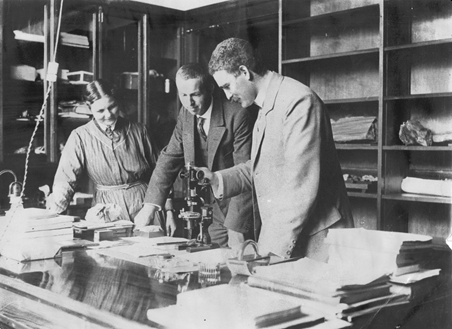
Central in this research was the characterization of minerals by X-ray diffraction, a newly developed method, and Goldschmidt used the methodology to develop the new science of crystal chemistry. Of the main successes in “applied” geology of the laboratory was the discovery of the highly refractory nature and high melting temperature of Mg-rich olivine and its use as a heat resistant material. In the early 1920’s also the X-ray spectrograph was developed, and it was implemented early on in Goldschmidt’s research in the Råstofflaboratorium (Figure 3).
From 1922 onwards, Goldschmidt developed his concept of geochemistry, which have earned him his nick name “the Father of Geochemistry”, and conducted research thereon. It started with the two seminal papers Der Stoffwechsel der Erde (The differentiation of the Earth) and Geochemische Verteilungsgesetze der Elemente (The laws of distribution of the chemical elements). Altogether, Goldschmidt published nine volumes on the behavior of the elements during geologic processes by 1938 during his professorships in Oslo and Göttingen, in which the field of geochemistry takes shape.
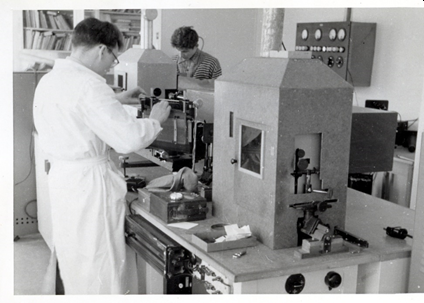
Among the main advances in the geosciences propelled by Goldschmidt’s research during this period was the geochemical classification of the elements that he proposed in 1923, into siderophile, chalcophile, lithophile and atmophile elements, also related to their position in the Periodic Table. Furthermore, from the study of meteorites containing iron-nickel, troilite (FeS) and silicates he calculated the partition of the elements between metal, silicate and sulfide melts, and eventually used those data to estimate the absolute abundance of the elements. This was based on the realization/assumption that (some) meteorites provided an unaltered sample of the material that coalesced to form the Solar System. He and his coworkers also discovered the principles of atomic radius and charge explaining, among other things, the compatibility or incompatibility of elements in minerals. They showed how the crystal chemistry could be described as an infinitely extended network of regularly spaced ions rather than individual molecules explaining substitutions independent of charge and valence. Furthermore, Goldschmidt calculated the element distribution of the crust based on the bulk composition of glacial clays, described the breakdown of a rock through chemical weathering, formulated the geochemical cycle of the outer part of the Earth: the redistribution of elements between the Earth’s crust, atmosphere, hydrosphere, atmosphere and biosphere (Figure 4); and subsequently the carbon cycle (Figure 5).
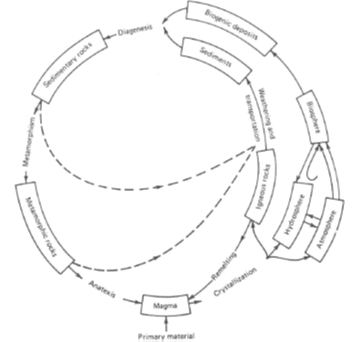
"The carbon cycle is of especial interest because it demonstrates the great significance that the industrial combustion of coal and other fuels has already had on the carbon dioxide content of the atmosphere. The amount of carbon dioxide which each year is added to the atmosphere by the combustion of fuels is two hundred times greater than that contributed by the world's volcanoes. This demonstrates that human activity in our time is a highly important geochemical factor" –V.M. Goldschmidt 1936, as recited in Mason (1992)
In 1929, he was made a Knight (First class of the order of St. Olav) by the King for his contribution to Norwegian science, before he left for a professorship at the University of Göttingen. Goldschmidt, being a Jew, stayed here until 1935 when he was dismissed from his position by the Nazis and returned to Oslo. In 1936, Goldschmidt was appointed as professor of Mineralogy and Geology and director of the Geological Museum (Figure 6), and he continued his research on the geochemistry of the elements and published his final monograph in the series on the behavior of the elements during geologic processes in 1938.
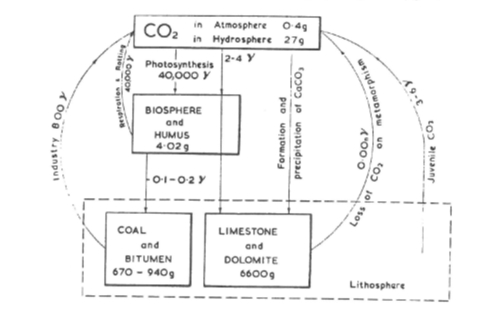
Here he summarized the cosmic abundance of the elements in igneous rocks, in meteorites, and in the solar atmosphere. Goldschmidt's cosmic abundances table has been the basis of subsequent theories of atomic structure and the origin of the elements.
Goldschmidt had to escape to Sweden during the war and was offered a position as guest lecturer at the University in Stockholm.
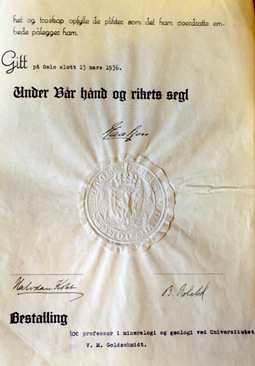
But he stayed only for a relatively short period before he was flown to Great Britain by British authorities to aid the Norwegian and British governments with insight into conditions in Norway, especially in regard to the German exploitation of raw materials and the production of heavy water.
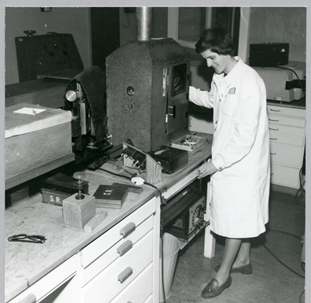
After the war, Goldschmidt returned to Norway and in 1946 he returned to his position as a director of the Geological Museum and the Råstofflaboratoriet. However, at this point, he was at ill health and he died March 20 the following year.
In 1952, Statens Råstofflaboratorium was moved to Trondheim and was finally merged with chemical department (Figure 7) at the Geological Survey of Norway, NGU, in 1962.
The Survey hosts a museum (Figure 8) which is devoted to Victor Moritz Goldschmidt.

This summary is mostly based on Mason (1992). See also Gabrielsen et al. (2005) and Müller (2014).
References
Goldschmidt, V.M., 1922. Der Stoffwechsel der Erde. I. Matematisk–Naturvidenskapelig Klasse, 11. Skrifter Videnskapsselskapet i Kristiana.
Goldschmidt, V.M., 1934. Geol. Foren. Forh., vol. 56
Mason, B., 1992. Victor Moritz Goldschmidt: father of modern geochemistry. The Geochemical Society Special Publication No. 4.
Gabrielsen, R.H., Bruton, D.L., Bryhni, I. and Ramberg, I.B., 2005. On the shoulders of giants-Musings on the history of geoscience in Norway. Norwegian Journal of Geology/Norsk Geologisk Forening, 85.
Müller, A., 2014. Viktor Moritz Goldschmidt (1888–1947) and Vladimir Ivanovich Vernadsky (1863–1945): the father and grandfather of geochemistry?. Journal of Geochemical Exploration, 147, pp.37-45.
